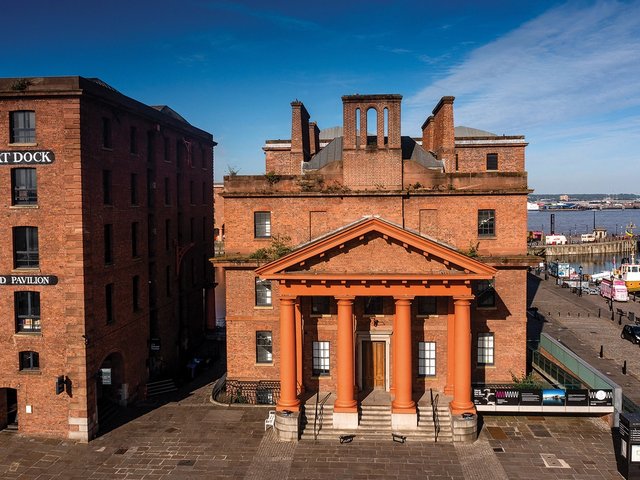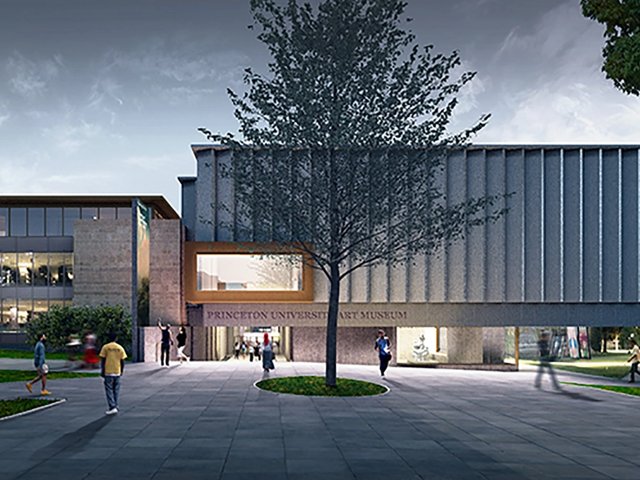The London-based architect David Adjaye and the Chicago-based artist Theaster Gates sit at the forefront of a cultural resurgence in the capital of the US. On 24 September, Adjaye unveils his latest and most keenly anticipated project: the National Museum of African American History and Culture. The building’s three-tiered shape is inspired by crowns found in the Yoruban art of West Africa; the lattice exterior references metalwork created by enslaved African-Americans in the southern US.
Gates recently joined the board of the Hirshhorn Museum and Sculpture Garden and will be the subject of a solo exhibition at the National Gallery of Art in 2017. Last month, he kicked off a year-long performance series, Processions, at the Hirshhorn, which is dedicated to sacred and experimental African and African-American music. The Art Newspaper spoke with the two friends and “kindred spirits” ahead of their joint talk at the Hirshhorn on 21 September.
The Art Newspaper: David, what is it like working in a city with such strict rules—one so dominated by the Neo-Classical and Art Deco?
David Adjaye: It’s not easy! But [the museum] is not unique for its own sake. It’s the last building that can be built on the National Mall, so it’s completing a 200-year masterplan. It has a unique location between the Mall and the Washington Monument grounds. The argument was that this is an opportunity to make a very different kind of building, neither a monument object nor memorial grounds, but something in between. Given that, the building could have a sculptural quality, but obviously it’s also a functional space. It did not have to mimic the other buildings in terms of being stone—it could be the punctuation mark at the end of a sentence.
Theaster, what were your goals for working in Washington?
Theaster Gates: I was excited to be involved in a national museum that was trying to think about its relationship to its local community and increase the stakes of black people in the city. We mapped out this idea for a series that would allow us to connect with the world of performance—both performance art and the local world of great performers and musicians. It started from a sincere place: if the museum’s going to put me to work, let’s try to make things happen instead of me just being a symbolic player.
You two are giving a talk at the Hirshhorn soon. Do you go back very far?
Gates: David and I met just as my art career was taking off. I saw him as a kind of mentor. I had a lot of questions about relationships, how I use my time, questions of infrastructure. They were questions that David already answered ten years prior, so I was really honoured to become a friend.
Adjaye: There’s this incredible synergy in Theaster’s work. His ability to mine history, places and cultural tropes is very powerful to me. I hadn’t seen social practice work that way, making it relevant to contemporary lives. We are, I guess, kindred spirits.
How did being in the nation’s capital inform your work?
Adjaye: Washington is complicated in terms of the layers of bureaucracy, but not in terms of the politics of place. I’m thinking not as an American, but as a British person. It’s the human condition that I’m interested in, not the political condition, so I can’t stop to engage with the thought of, “Oh my God, I’m dealing with the symbolic centre of America.” That’s not something I’m trying to turn around or react against.
Gates: I think the message will get amplified differently in DC, but no less amplified than in David’s hometown of London, or in Basel, or in Ghana. It’s really about, how do you learn to be your best, clearest-thinking self? That’s what I’m striving for.
A special report on Washington, DC will appear in our October print edition.



